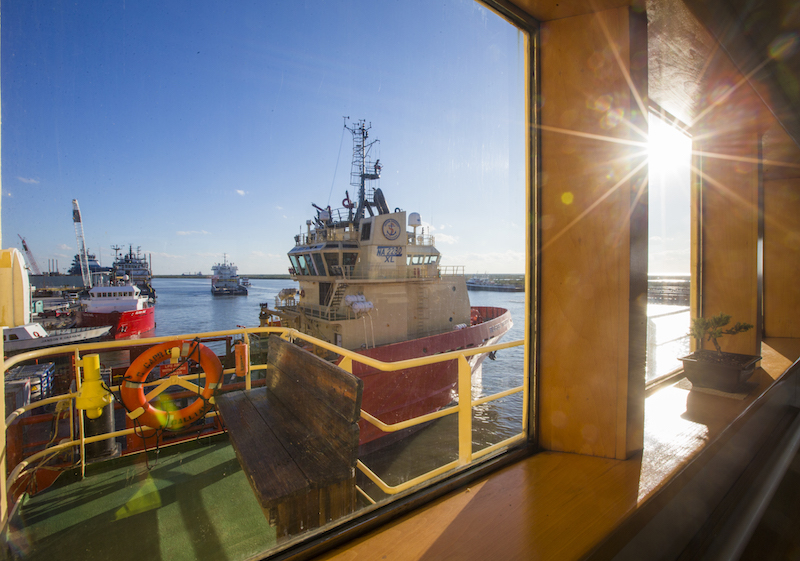It has been a tough year for the offshore market. To put it mildly, it has struggled.
But will business finally improve soon? It’s Nov. 7 and the price of oil sits at $57 bbl. A few analysts see the price of WTI ending the year close to $60 bbl. If it occurs, it will be primarily attributed to Saudi Arabia’s ongoing determination to end a global supply glut.
The projected oil price increase is also linked to expectations that U.S. crude inventories will drop as the year progresses. Unfortunately, those expectations were somewhat dampened in late October due to a rise in U.S. production and inventory. For now, it looks as though the price of crude may trend higher as the year moves to a close. However, if the prices don’t move significantly upward, there appears to be other positives for the market, albeit with extended time lines.
The biggest one is the late-October announcement that the federal government will offer 77 million acres for offshore drilling and production in the Gulf of Mexico. Scheduled for March 2018, it will be the largest offshore lease sale in U.S. history. While the sale will not immediately affect oil supply and prices, it will be a key driver in the future offshore market as production struggles to keep up with a projected 45% increase in global oil demand by 2050. The sale will include federal waters off the coasts of Texas, Louisiana, Mississippi, Alabama and Florida.
But it doesn’t end there. The Trump administration is also actively encouraging energy development in Alaska and the Arctic. It announced the sale of 900 tracts of land in the National Petroleum Reserve in Alaska. That is in addition to BOEM’s review of Hilcorp Alaska’s Liberty Project in the Arctic. Hilcorp wants to build a self-contained island connected to land by a subsea pipeline. Hilcorp estimates that the Liberty Project contains approximately 150 million bbls. of recoverable, high-quality crude oil.
The plans follow Trump’s reversal of the Arctic ban on oil and gas leasing by the Obama administration.
It will be interesting to see whether oil price dynamics can support the massive offshore development that the Trump administration is encouraging.





